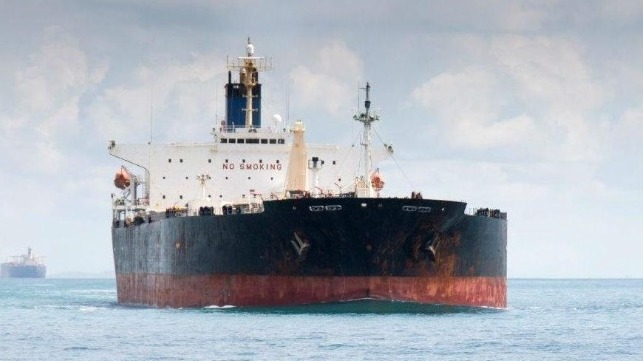BIMCO Predicts Tanker Rates Will Remain Under Pressure

After experiencing a short-term boost in the early days of the pandemic, tanker freight rates have fallen to loss-making levels for many shippers and are likely to continue to be under pressure for some time to come. These are the conclusions of a new analysis issued by the shipping association BIMCO that forecasts a challenging near-term outlook for the tanker industry.
In its analysis, BIMCO looks at several factors that are contributing to the current decline in the tanker sector ranging from the impact of COVID-19 and world demand, the oil glut brought on by producers, and the overcapacity in the tanker sector. “For the remainder of this year, the tanker shipping industry will find itself paying for the highs it reached in the second quarter,” writes BIMCO. “The higher demand for shipping at the time was not because of higher immediate consumption, but because of future demand being brought forward as importing refiners sought to benefit from the lower price.”
The demand for crude oil was particularly hard hit as a consequence of the global pandemic. BIMCO points out that crude oil and oil products were among the commodities most affected, most quickly, by the lockdowns around the world. The global decline in demand for crude oil they report wiped out six years of gains and they believe that demand will not return to 2019 levels even in 2021.
Despite the declines in demand as the public stayed home not using gasoline and avoided commercial air travel and the cruise industry was sidelined, cheap oil prices in part brought on by the disputes between oil producers drove demand. BIMCO highlights that China for example increased imports to record levels at nearly 50 million tons per month in May, June, and July. “Between April and July this year,” BIMCO reports, “Chinese crude oil imports grew by 17.2 percent on last year, necessitating an additional 94 VLCC loads (300,000 tonnes) compared with the same period the year before”
The low prices and high export levels from producing countries contributed to a short-term boom experienced by the tanker industry in the first part of 2020. However, after the efforts to build stockpiles, the oil supply chain began to slow having an impact on the tanker sector. “Already, tanker freight rates have fallen from the highs they reached when the market peaked in April, with all crude oil tankers seeing earnings beneath their daily break-even levels,” concludes BIMCO. The analysis estimated that the day rate for tankers is running at a loss between $7,000 and $9,000 varying between the VLCC, Suezmax, and Aframaxes categories. Oil product tanker earnings are also reported to have fallen, although the Handysize experienced a recovery from its lows, and time charter rates for tanker ships have also fallen.
BIMCO also points to signs of overcapacity in the tanker sectors as contributing to the pressure on freight rates. They highlight that only seven crude oil tankers and no VLCCs have been scrapped in 2020. Capacity grew with the addition of 68 new VLCCs in 2019 and a further 26 so far in 2020. However, “BIMCO expects demolition activity to rise as freight rates and actual demand for tanker shipping falls.” They are forecasting a significant slowdown for the growth of tanker fleets, less than three percent for both crude and product tankers, with a similar decline in shipbuilding orders as well.
One factor that BIMCO points to as helping to offset some of the overcapacity was port congestion. They cited delays at the Chinese ports that created fleet inefficiencies and lowered the number of available ships, supporting freight rates.The easing of lockdowns BIMCO believes might also contribute to some increases in demand but this will have to be balanced with oil production. Some producing countries have begun to increase production while other areas of the world remain under pressure due to the low oil prices. Demand, however, is anticipated to remain below the peak levels experienced in 2019.
The loss of several years’ growth in global demand for oil, and therefore, for tanker shipping, BIMCO concludes will lead to a worsening of the fundamental balance in the market. BIMCO’s complete analysis is available on its webpage.
